Walmart outlines strategy to drive growth and flexibility against ‘more fluid backdrop’
Credits: Walmart. In its latest Investment Community Meeting, US department store Walmart has outlined a strategy focused on driving growth in a market it currently deems to be “more fluid”, as the company seeks to improve on business flexibility and profit diversification. In the meeting, Doug McMillon, Walmart’s president and CEO, said that despite this present landscape, the company has retained “resilience”, with its ongoing transformation process further “designed to adapt to changing market conditions”. McMillon added: “While in the short term we are not immune to some of the effects businesses face in today’s operating environment, we are uniquely positioned to play offense. Changes we’re making to our business add even more strength and flexibility for our future.” Speaking in his own segment, John David Rainey, executive vice president and chief financial officer of Walmart, announced that Walmart’s US e-commerce business was expected to return to profitability again this year. Rainey further underlined that the company’s priorities include “keeping prices as low as we can”, while leveraging data and automation to help manage costs. Rainey also talked on a mission of growing operating profits faster than sales via strategic investments, the backing of an omnichannel model and an emphasis on its digital business, within which advertising and data sit and are said to be “boosting profit growth”. Elsewhere, it was reported that Walmart is currently on track to meet its goal set in 2023 of reaching 200 billion dollars in GMV, according to president and CEO of Walmart International, Kath McLay. It is further said to be on the way to doubling profits and digital mix by 2028, on the back of a net sales growth of 9.1 percent. For the first quarter of the current financial year, the report for which is scheduled for May 15, the company is expecting sales growth to continue in line with its 3 to 4 percent outlook. Its annual sales growth guidance remains unchanged. The range of its operating income growth has widened, however, “due to less favourable category mix, higher casualty claims expense, and the desire to maintain flexibility to invest in price as tariffs are implemented”.

In its latest Investment Community Meeting, US department store Walmart has outlined a strategy focused on driving growth in a market it currently deems to be “more fluid”, as the company seeks to improve on business flexibility and profit diversification.
In the meeting, Doug McMillon, Walmart’s president and CEO, said that despite this present landscape, the company has retained “resilience”, with its ongoing transformation process further “designed to adapt to changing market conditions”.
McMillon added: “While in the short term we are not immune to some of the effects businesses face in today’s operating environment, we are uniquely positioned to play offense. Changes we’re making to our business add even more strength and flexibility for our future.”
Speaking in his own segment, John David Rainey, executive vice president and chief financial officer of Walmart, announced that Walmart’s US e-commerce business was expected to return to profitability again this year. Rainey further underlined that the company’s priorities include “keeping prices as low as we can”, while leveraging data and automation to help manage costs.
Rainey also talked on a mission of growing operating profits faster than sales via strategic investments, the backing of an omnichannel model and an emphasis on its digital business, within which advertising and data sit and are said to be “boosting profit growth”.
Elsewhere, it was reported that Walmart is currently on track to meet its goal set in 2023 of reaching 200 billion dollars in GMV, according to president and CEO of Walmart International, Kath McLay. It is further said to be on the way to doubling profits and digital mix by 2028, on the back of a net sales growth of 9.1 percent.
For the first quarter of the current financial year, the report for which is scheduled for May 15, the company is expecting sales growth to continue in line with its 3 to 4 percent outlook. Its annual sales growth guidance remains unchanged. The range of its operating income growth has widened, however, “due to less favourable category mix, higher casualty claims expense, and the desire to maintain flexibility to invest in price as tariffs are implemented”.











































































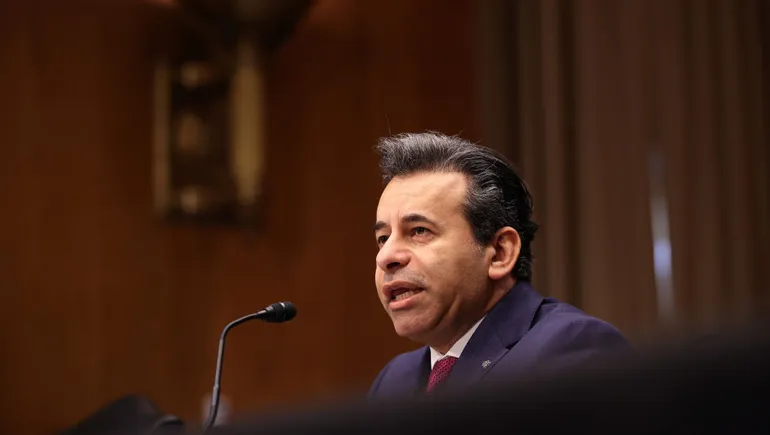






















































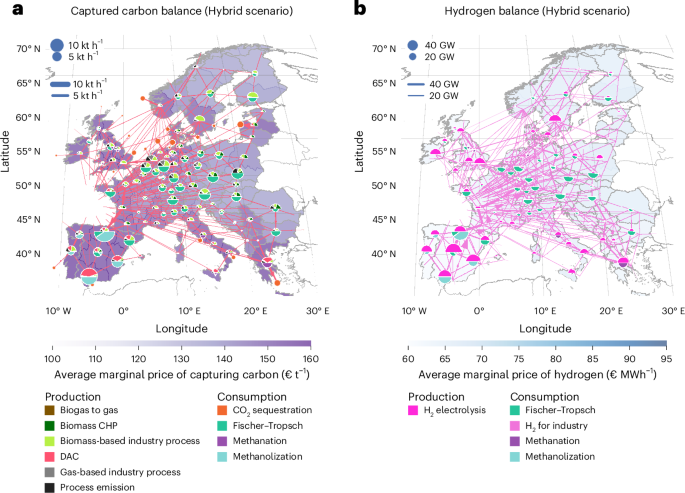
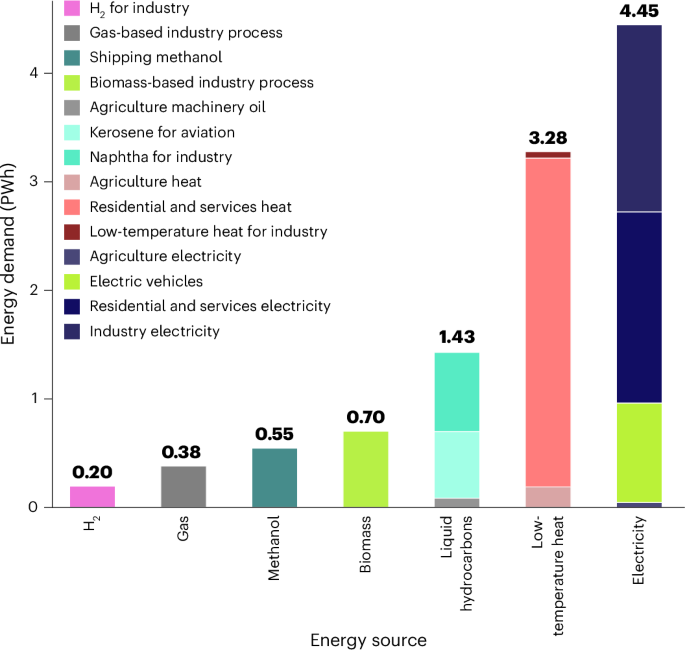
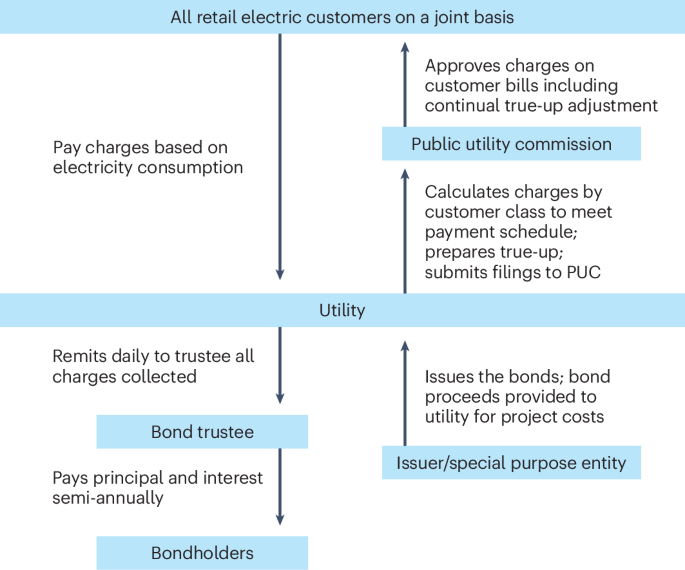
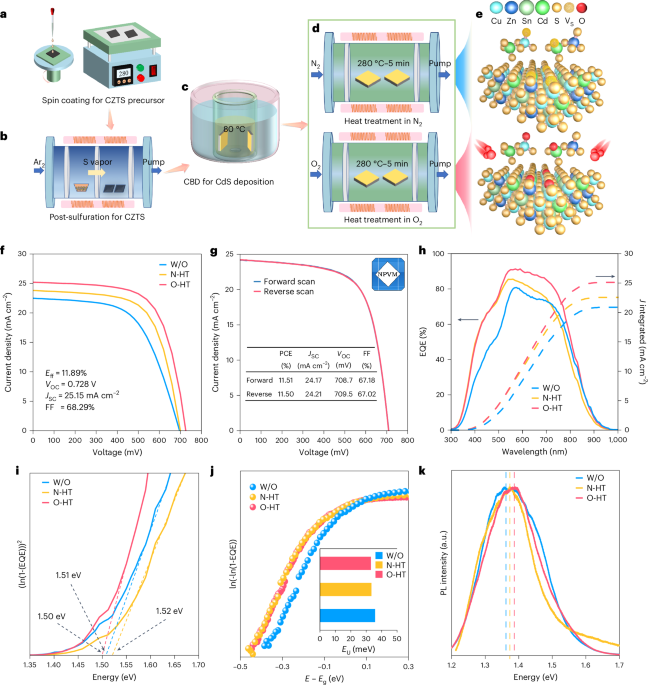












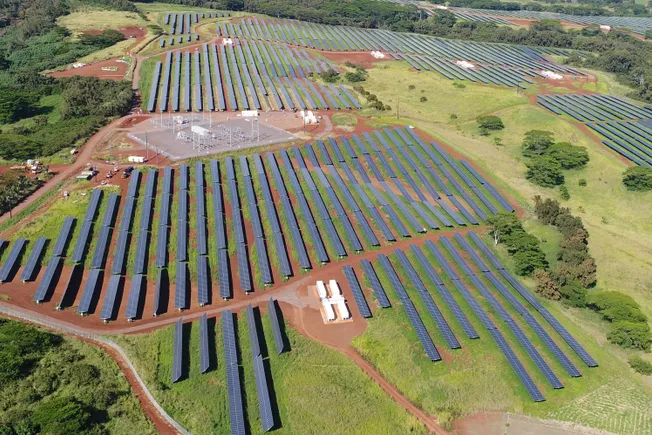






















.png)









